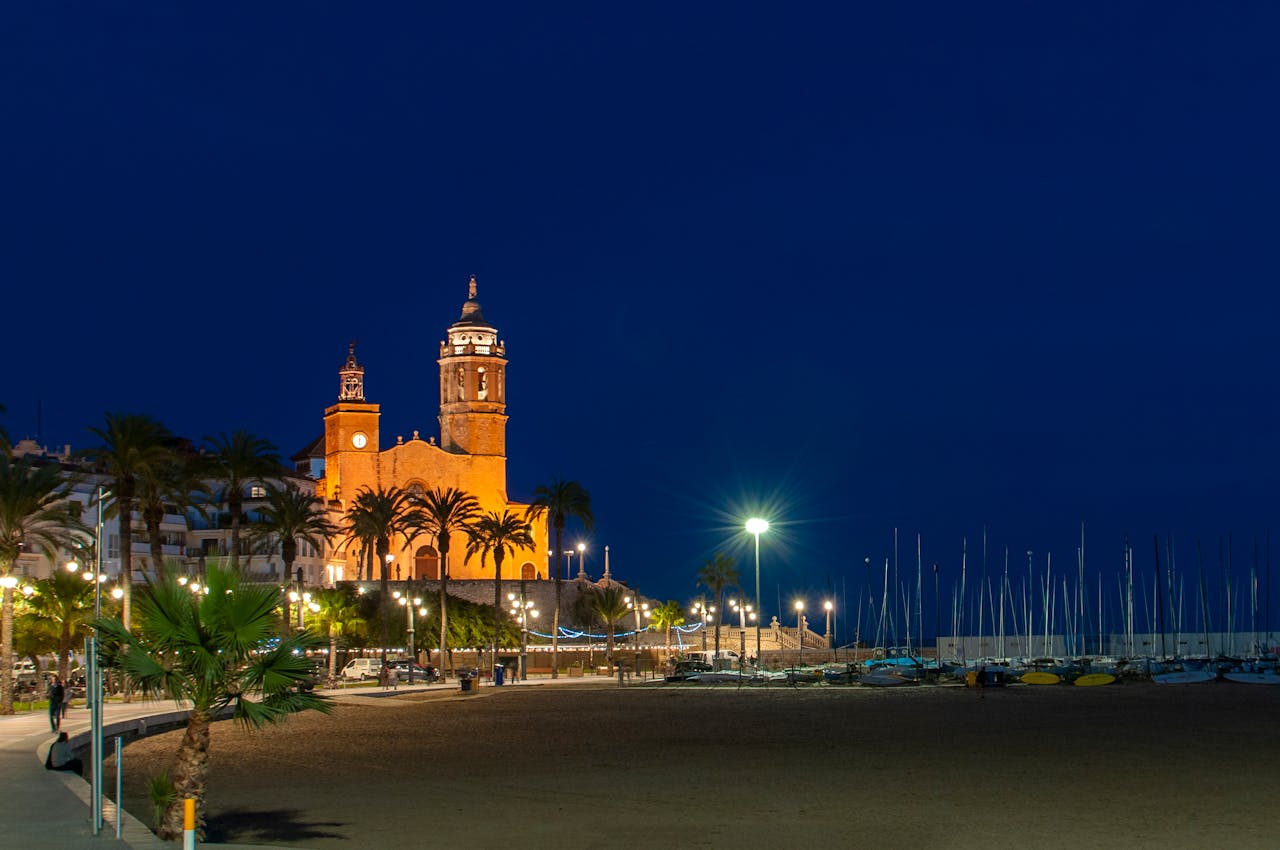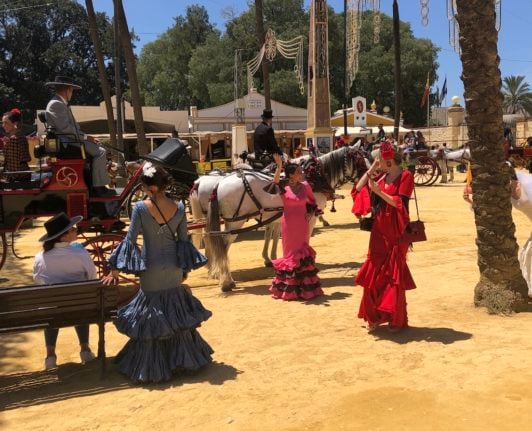Americans are increasingly looking to Europe for a better life and Spain is often their chosen destination. According to the most recent figures from Spain’s national statistics agency (INE), in late 2022 there were 41,953 US nationals officially residing in Spain.
The latest INE statistics show that Madrid is home to more Americans than any other region, making up more than a quarter of the total overall.
There are 11,570 Americans who officially live in the region right in the centre of Spain, the majority of them in the capital city itself.
READ ALSO: Where in Spain do all the Americans live in 2023?
Many Americans who move to Spain are students or part-time English teachers looking for a taste of ‘Europe’ and to experience something new, but not all of them. Increasingly, older Americans are looking across the Atlantic to Spain as a retirement destination, hoping to take advantage of the climate, (relatively) low cost of living, and laid back lifestyle.
American retirees in Spain have different priorities than their younger compatriots. Whereas the youngsters might long for the hustle and bustle of a big city such as Madrid or Barcelona, retirees would probably prefer a slower paced life in a smaller town. Younger, working Americans are more likely to be offered a job in a city, whereas retirees don’t have to worry about that and are free to choose wherever they want.
International Living, a global lifestyle website, has catered to this audience with a ranking of “five smaller alternatives for a relaxed retirement” in Spain.
If you’re a retiree in Spain (American or otherwise), let us know what you think of their choices in the comments section below, and if there’s another town in Spain you’d recommend for an enjoyable retirement.
Benalmádena
Benalmádena, a coastal town of around 75,000 in Málaga province, took the top spot in the ranking. International Living cited the town’s “quiet, family-friendly” atmosphere, as well as a whole host of attractions including a butterfly park, two aquariums, casino, Buddhist Stupa, and one of the largest marinas in Andalusia.
One of the main draws of Benalmádena is its proximity to nearby Málaga, a thriving city with an international airport. The provincial capital is only around 20km away, and can be reached easily by train or car in around half an hour.

Mijas
Mijas, also in Málaga province, took the second spot in the rankings. It’s a little inland, but just 5km or so, so the coast is still easily accessible.
International Living stated that “the white-washed Andalusian pueblo of Mijas attracts expats from all over the world because it serves as the gateway to Costa del Sol’s “golf valley.” They aren’t wrong: twenty-seven golf courses are within a seven-mile radius of Mijas, so for retirees who want to spend the rest of their days golfing, Mijas might be for you.
Mijas has the highest percentage of international residents of all cities on the Costa del Sol at almost 40 percent (36 percent).

Almuñécar
Still in Andalusia but this time in Granada province, Almuñécar was third in the ranking and it’s easy to see why: this coastal town of 28,000 boasts 20 beaches and enjoys 340 days of sunshine a year.
According to Spanish property giants Idealista, the quality of life is high given the lower cost of living than in other coastal towns in Spain, the high standard of public services including healthcare and transport, and the wide range of leisure activities available.

Sitges is around 20 miles south of Barcelona and known for its pro-LGBT environment, alternative lifestyles, and abundance of beaches and Garraf Natural Park.
For retirees wanting an international feel, International Living claims that the town’s “permanent population of 26,000 is made up of 35 percent Northern European expats.”
However, prices up Catalonia are almost certainly going to be more expensive than the Andalusian towns higher up the list. In fact, the International Living ranking refers to Sitges as “’Ibiza in miniature’ for its wild nightlife and the ‘Saint Tropez of Spain’ for its pricey real estate.”
If you’re looking for a cheap, quiet retirement, maybe Sitges isn’t for you.

Miraflores de la Sierra
If quiet is what you’re after in your retirement , consider Miraflores de la Sierra, a small mountain town of 6,000 that’s just 30 miles from Madrid.
This means you won’t to be too far away from the cultural draws of the capital city, while enjoying plenty of peace on your day to day.

READ ALSO: Americans in Spain: Taxes, investing and cutting through the confusion







 Please whitelist us to continue reading.
Please whitelist us to continue reading.
The very best, most beautiful, peaceful, safe and uncrowded places to retire are in the north of Spain, especially Galicia. Incredible beaches, charming villages, delicious food, and beautiful weather! The south of Spain is one huge drought region, and there are very serious problems with lack of water increasing crime, and high prices.